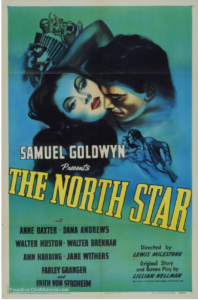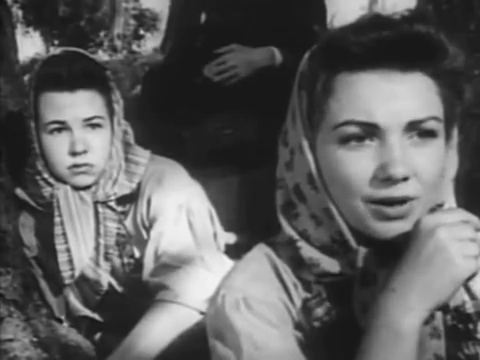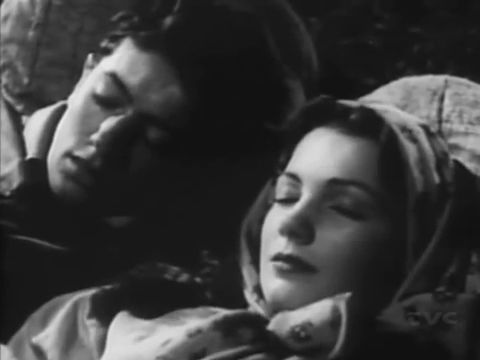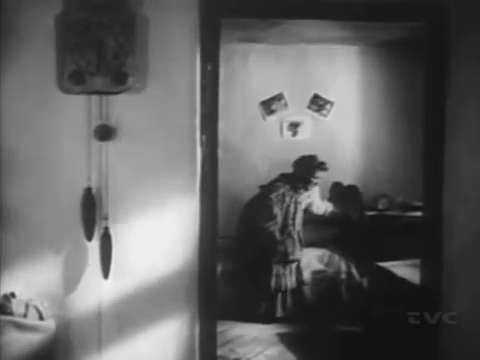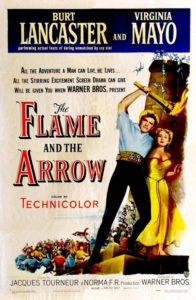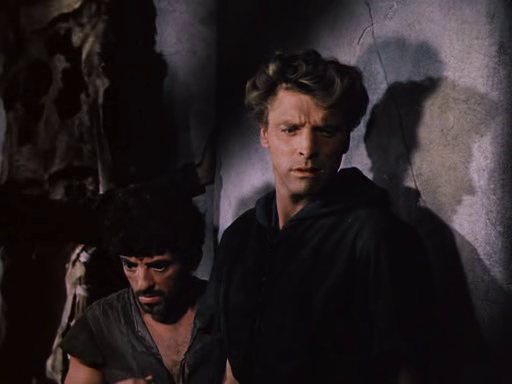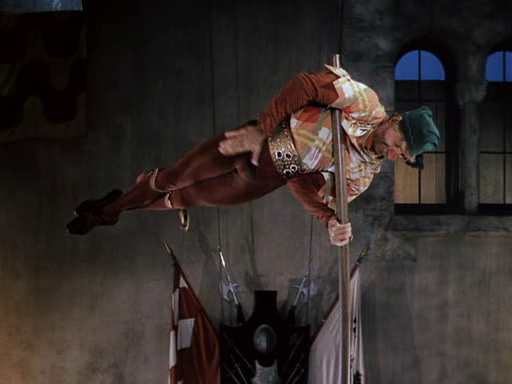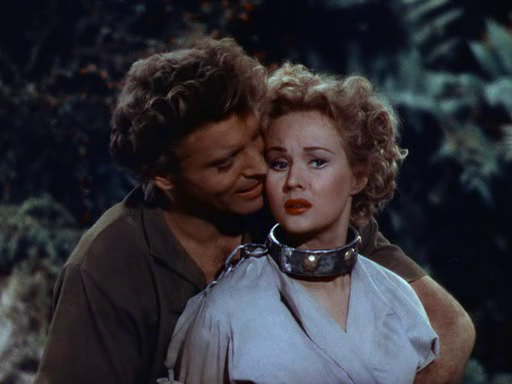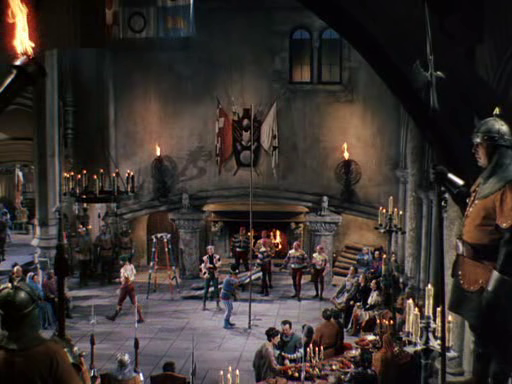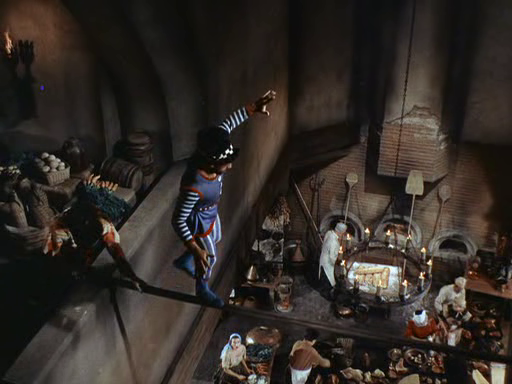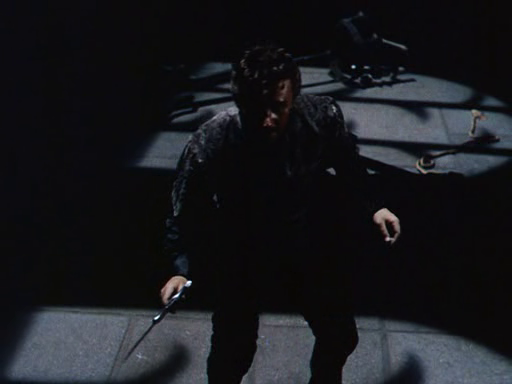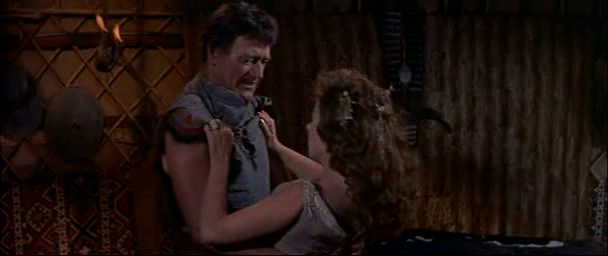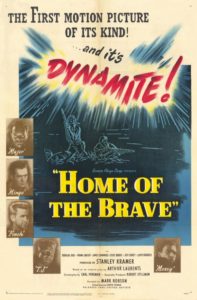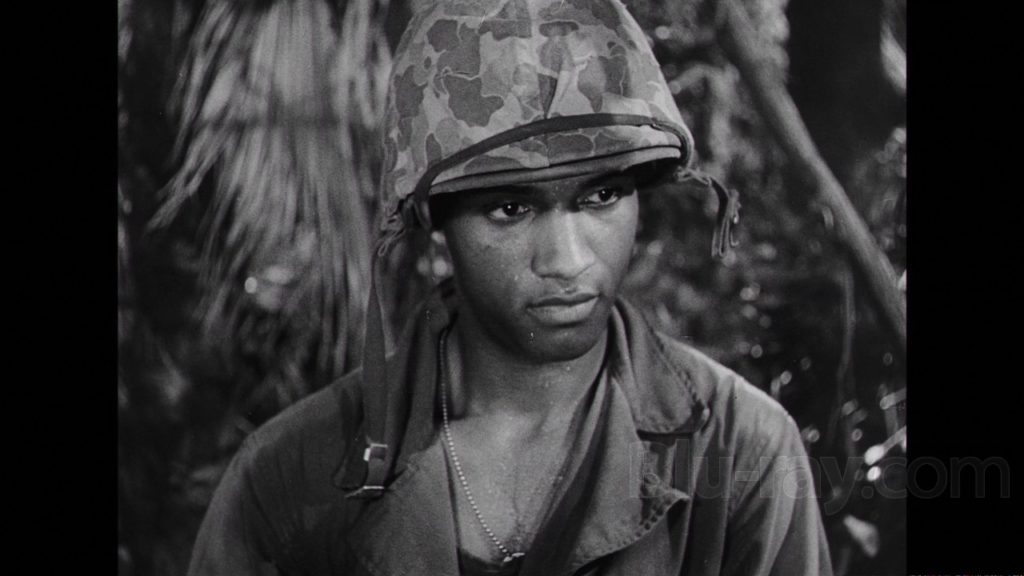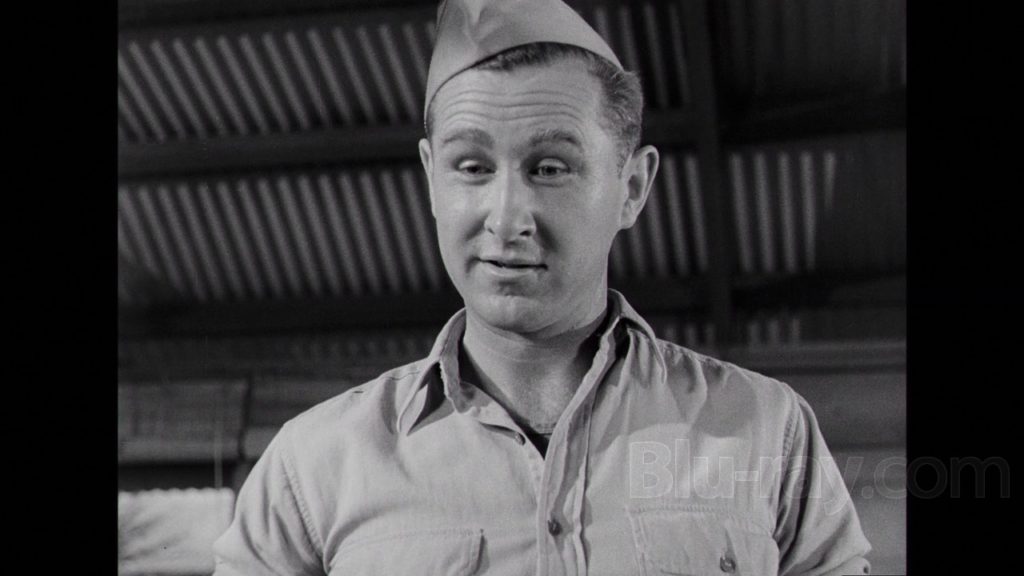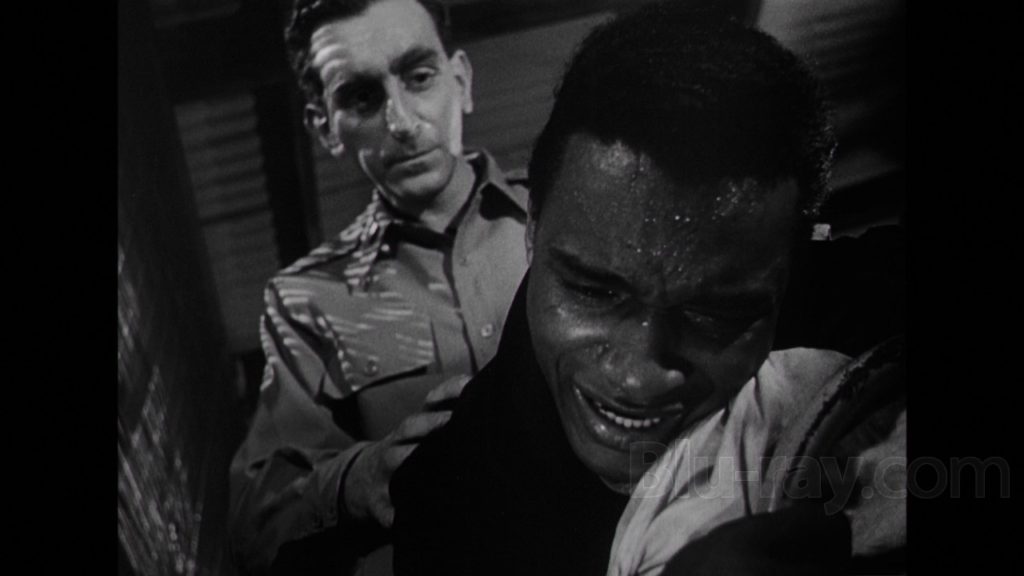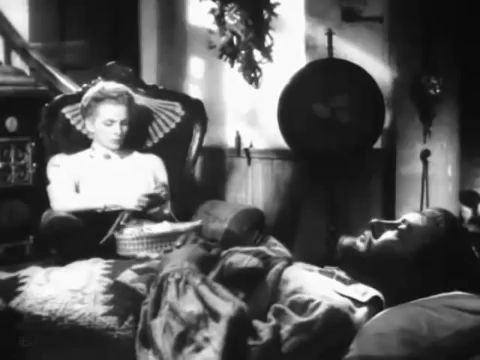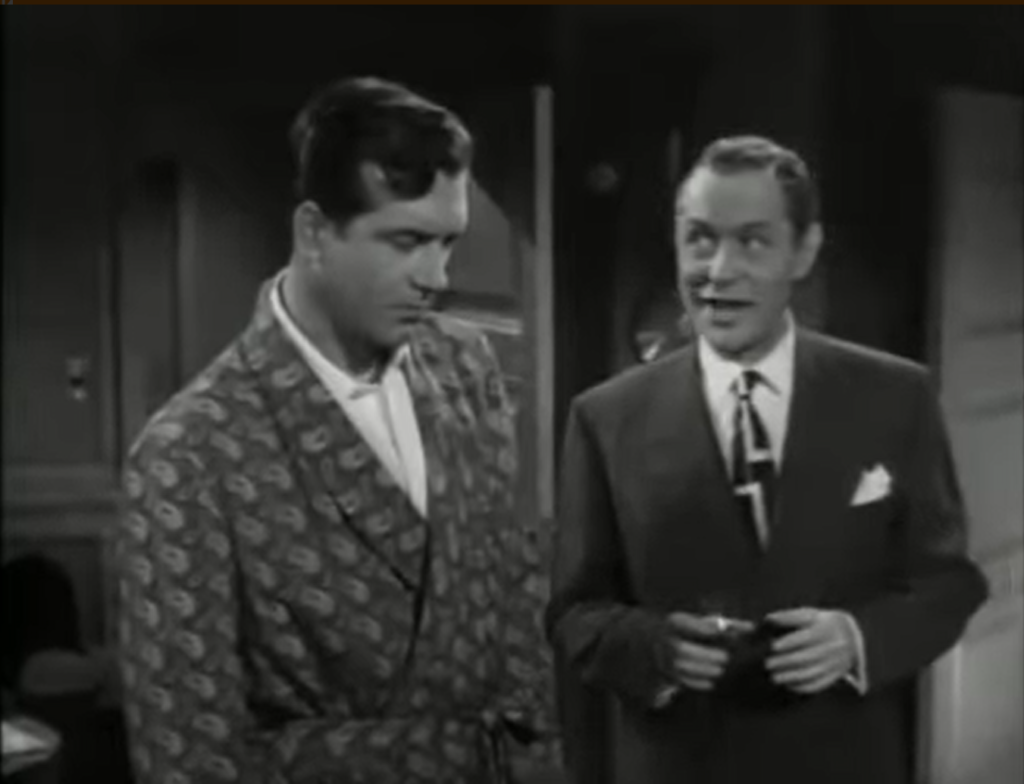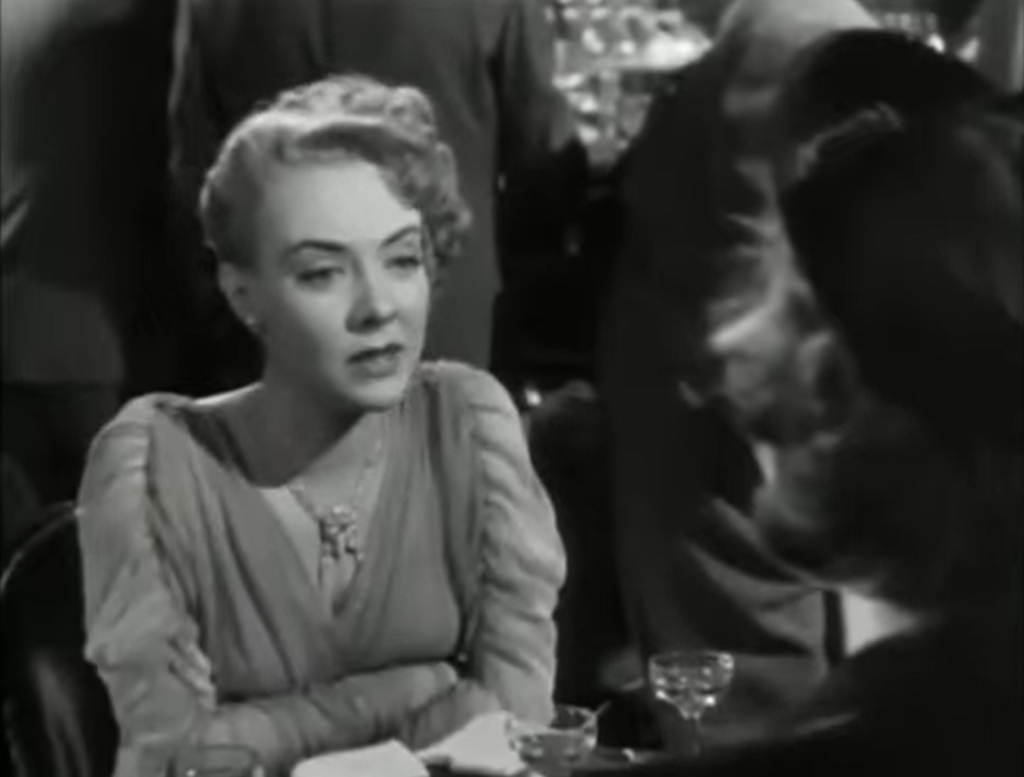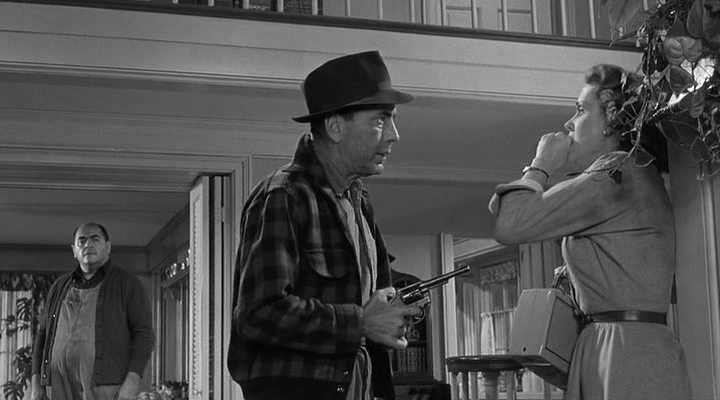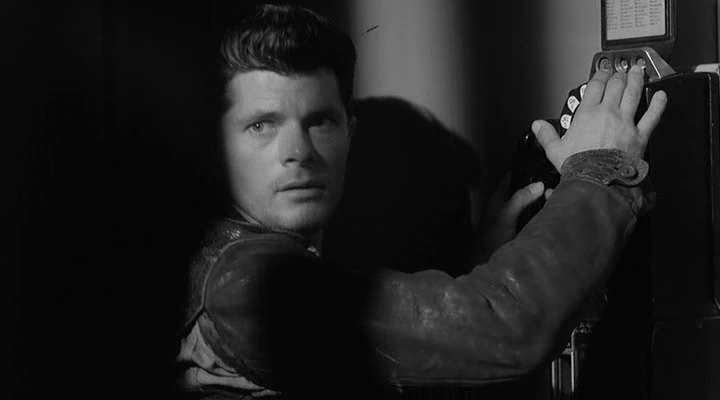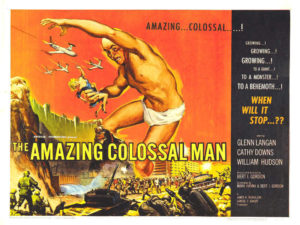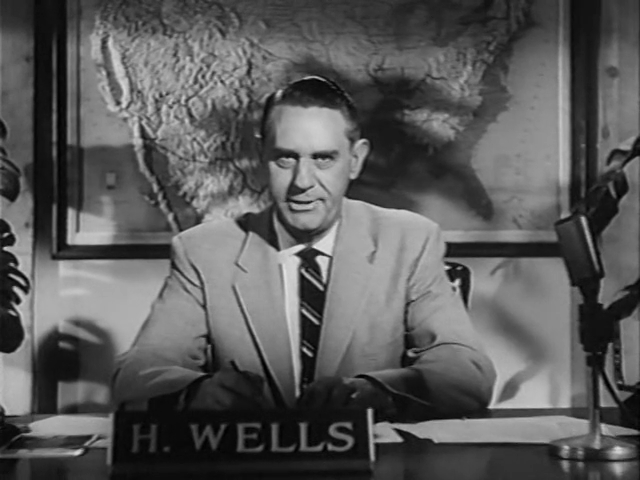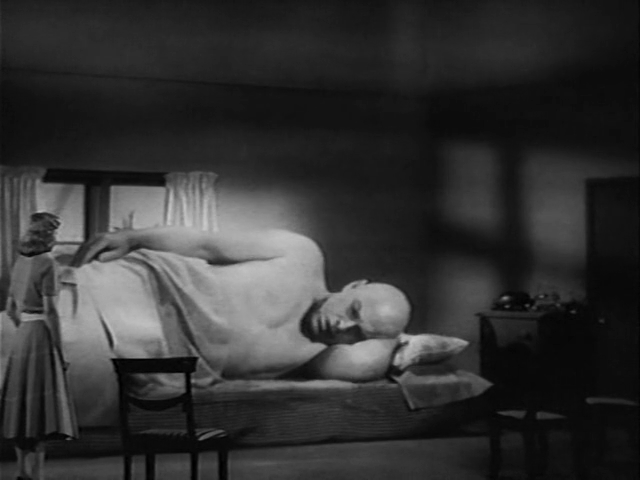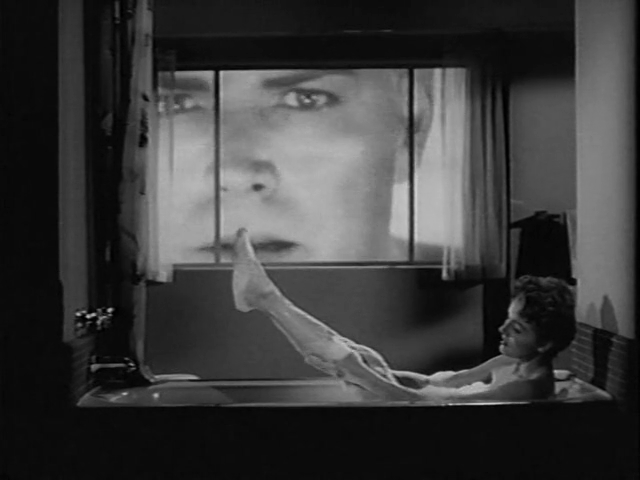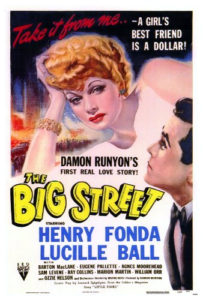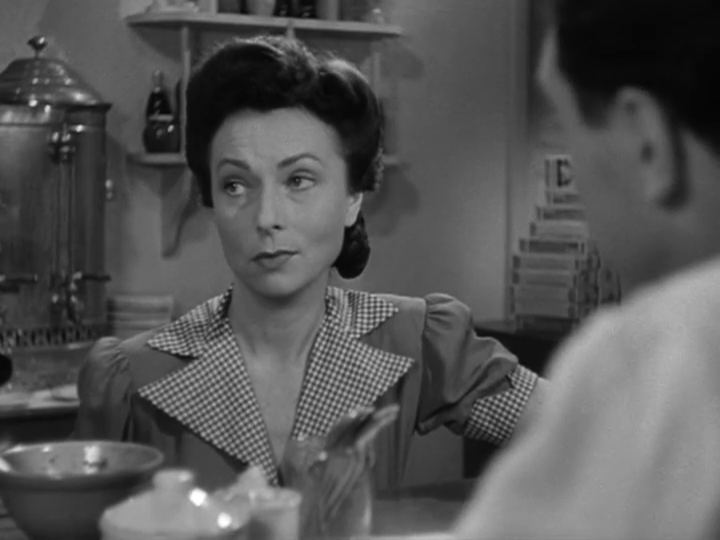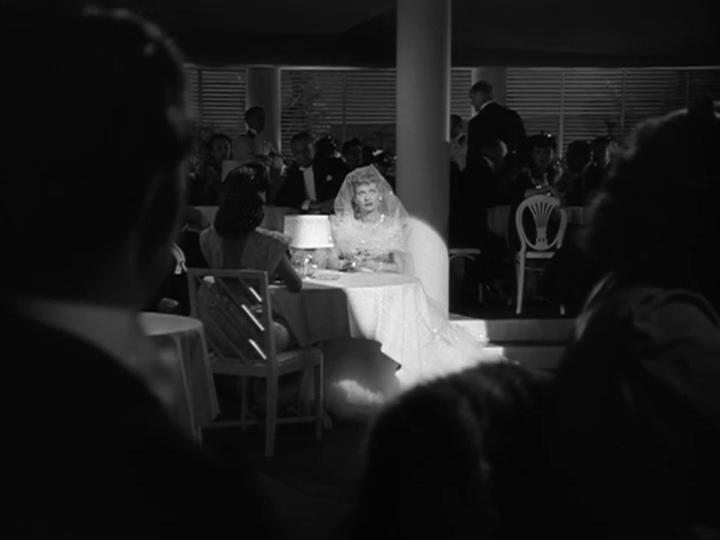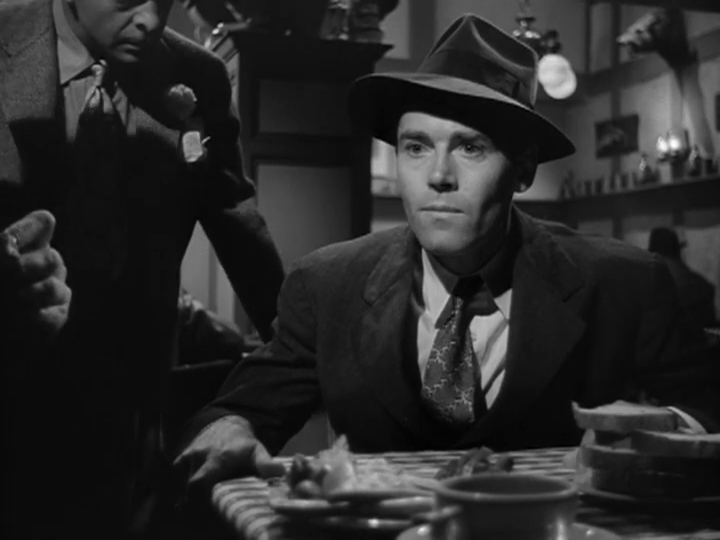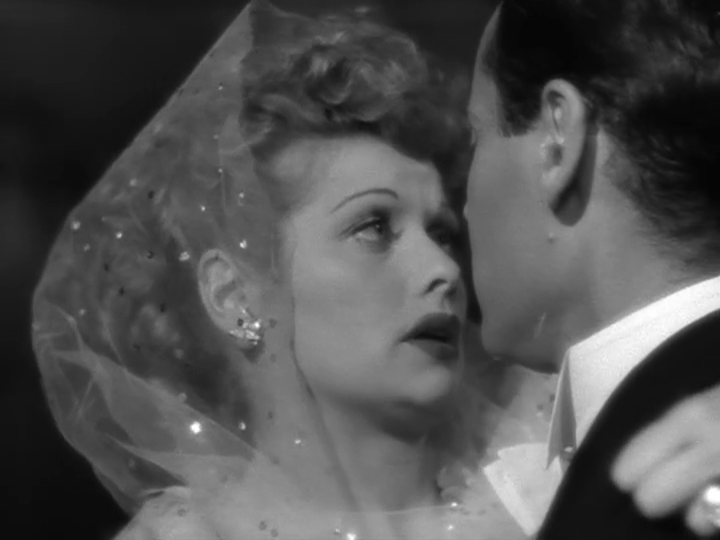North Star, The (1943)
“We’re the younger generation, and the future of our nation!”
|
Synopsis: |
|
Genres, Themes, Actors, and Directors:
Review: There is unfortunately very little to commend during these opening scenes, which are set up simply as a starkly idyllic, drawn-out counterpoint to the hell that’s about to descend, complete with corny musical interludes. There’s a hinted-at romantic triangle established between Baxter, Granger, and Andrews — which later turns into an opportunity for Granger to show his worthiness as more than “simply” a university student — and for Withers (oh-so-poorly miscast) to be dumped upon as a fat (?) and pathetically lovestruck young woman who is also eventually given a chance to show her mettle. Once fighter planes ruthlessly bomb civilians on a road — a Nazi pilot grins with evil glee — the film becomes almost shockingly brutal, including sequences taking place under the supervision of von Stroheim’s calmly evil doctor. Will the villagers prevail? Wait for Anne Baxter’s final speech to find out. Note: The history behind this film’s production, release, reception, and subsequent Red-sanitized re-release under a different name (Armored Attack) is well worth reading about. Redeeming Qualities and Moments:
Must See? Links: |
